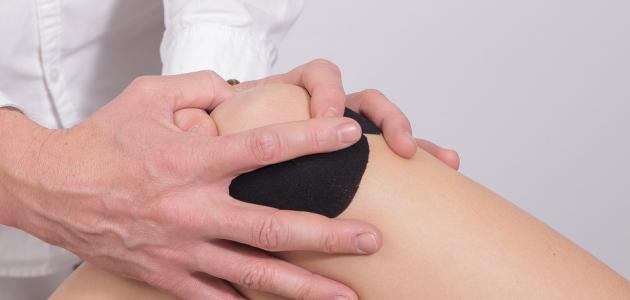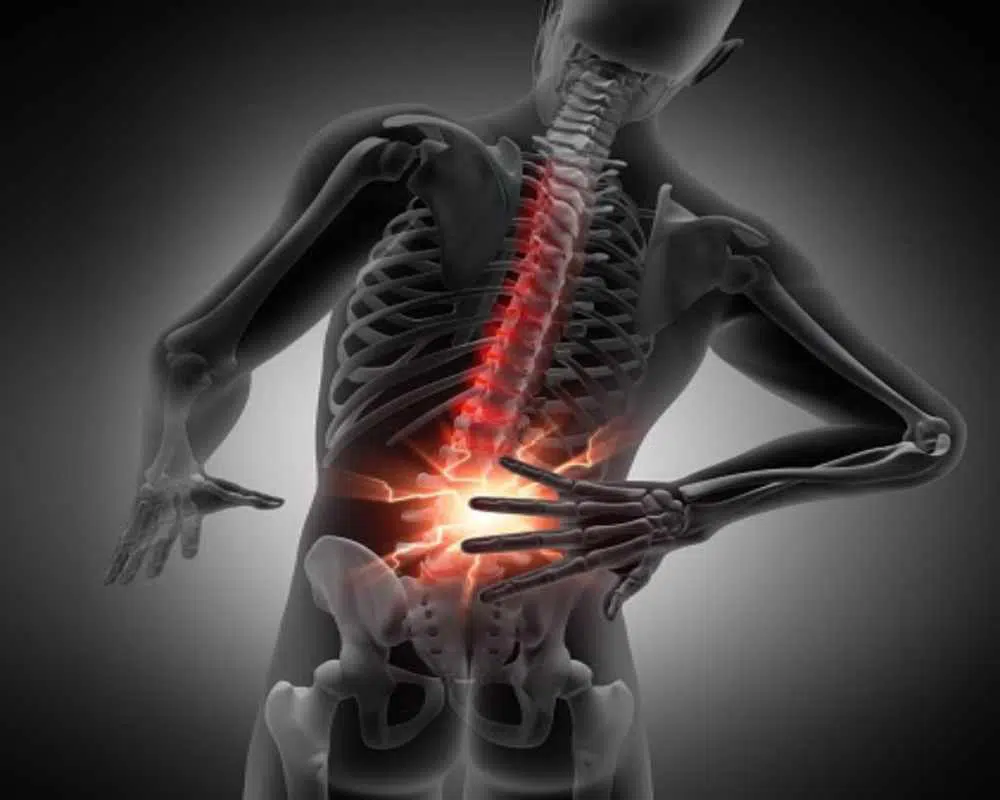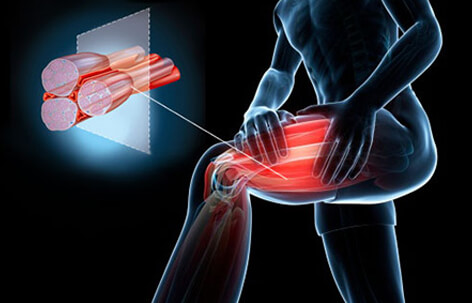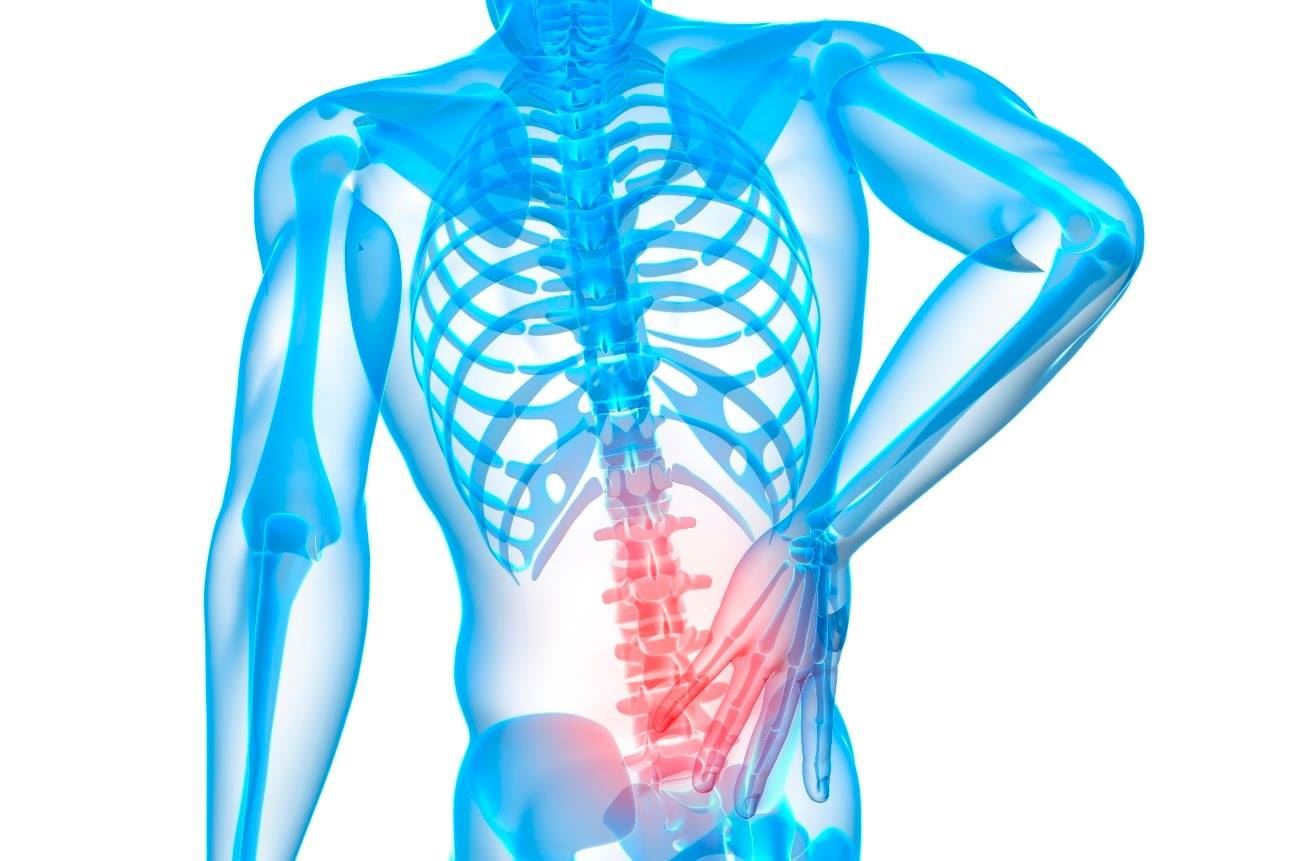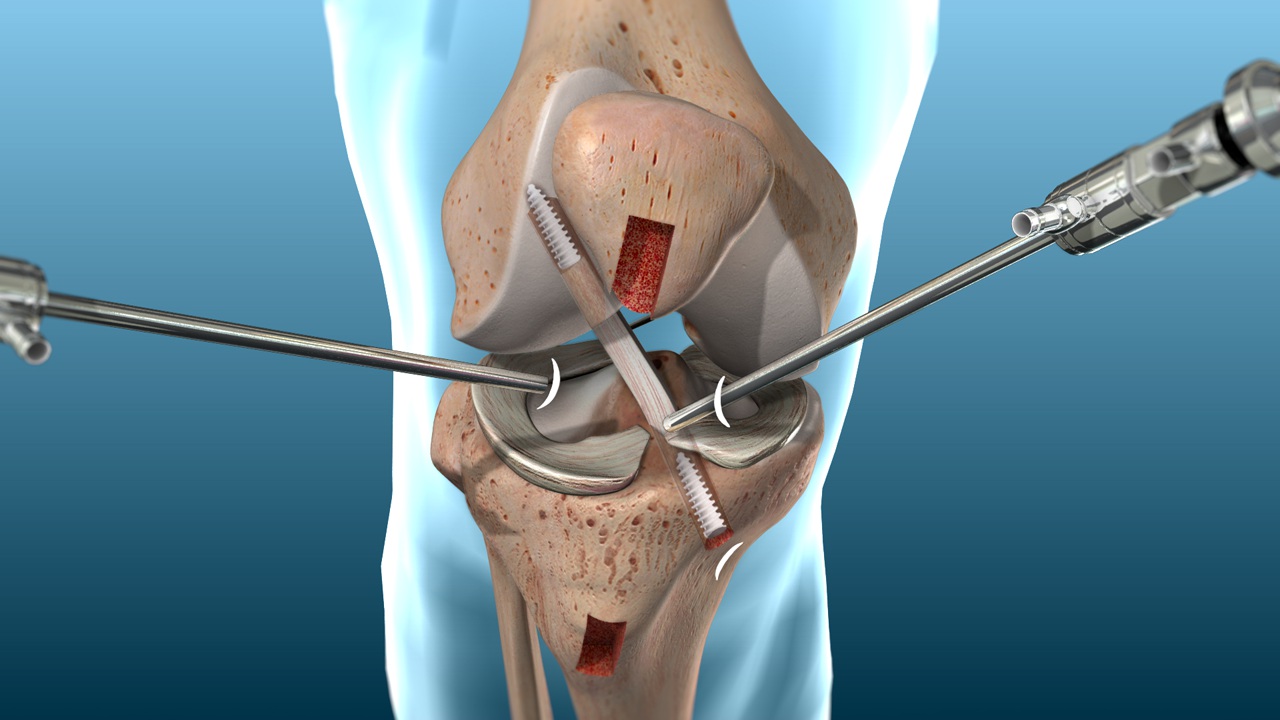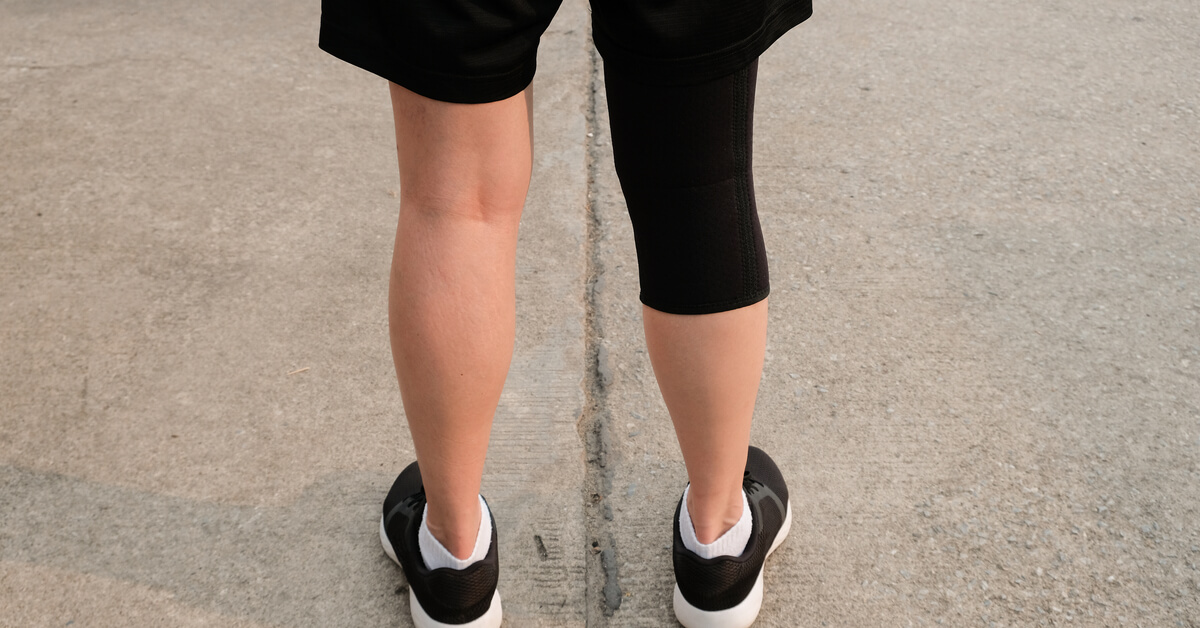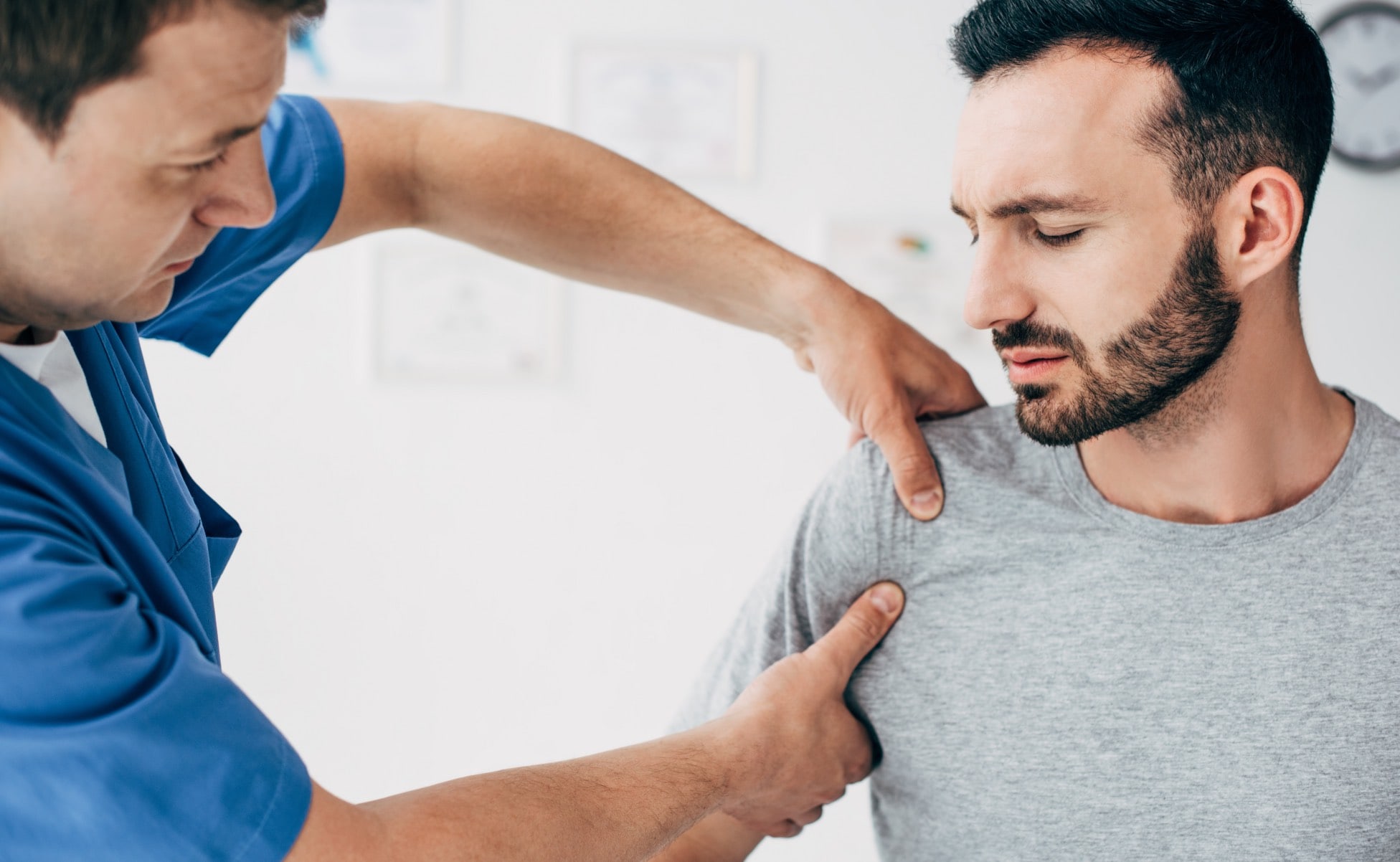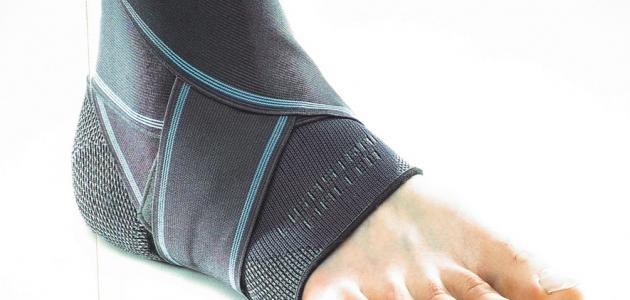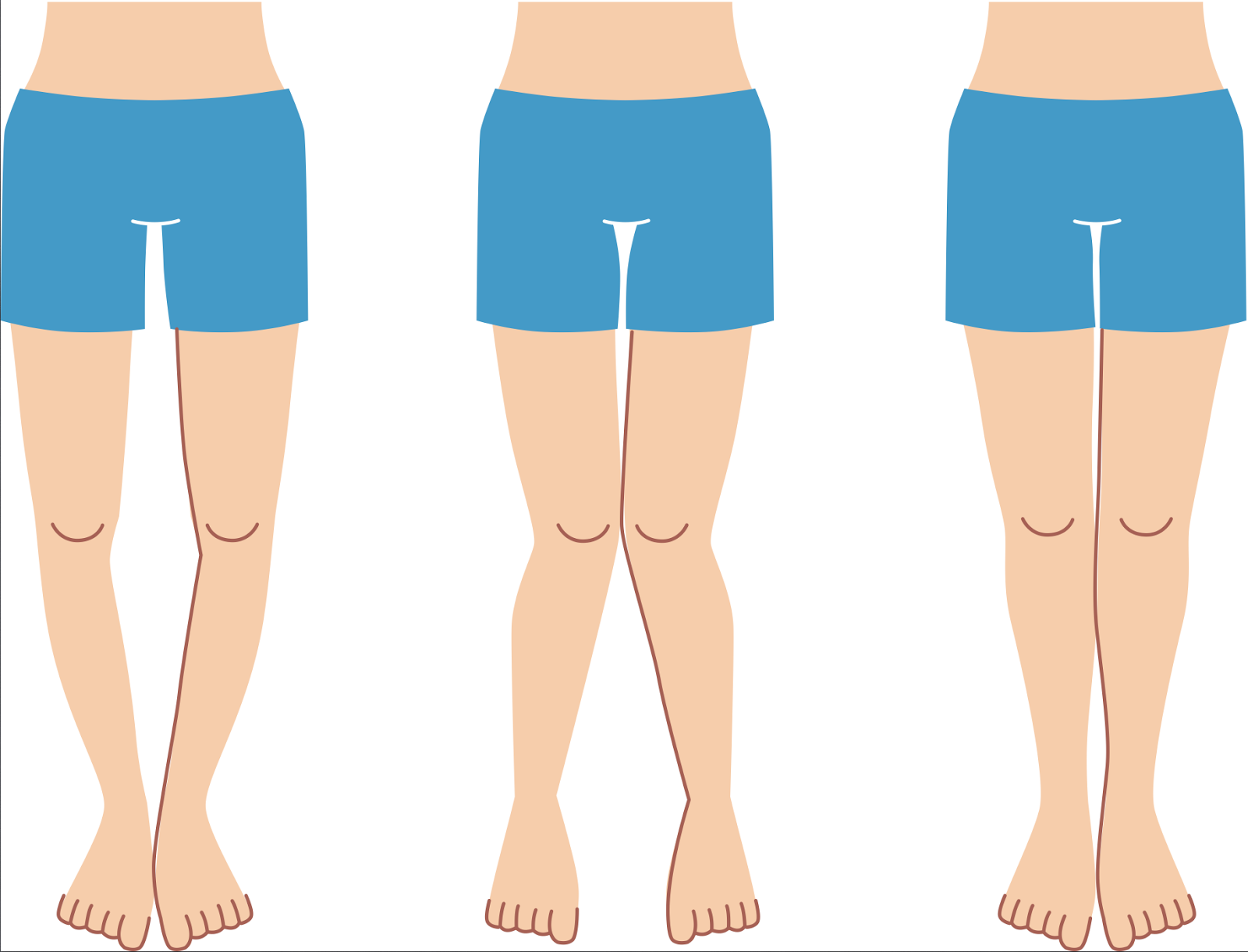What are shoulder ligaments? And how do I know if the shoulder is dislocated?
What Are Shoulder Prosthetics?
- Definition of Shoulder Prosthetics: Shoulder prosthetics are artificial limbs used to compensate for the loss of one or both shoulders. They are manufactured to mimic the shape and movement of the natural shoulder, assisting the user in regaining normal functions.
- Uses of Shoulder Prosthetics: Shoulder prosthetics are used for individuals who have lost one or both arms. They are used in cases of arm loss, such as amputees or burn victims. They facilitate daily movements such as eating, grasping objects, and dressing.
- Benefits of Shoulder Prosthetics: They help individuals adapt to the loss of body parts and increase self-confidence. They enable the performance of daily activities and tasks with ease, and the movement of prosthetics can be controlled. They yield positive results in terms of functionality and daily comfort for users.
- Types of Shoulder Prosthetics: There are several different types of shoulder prosthetics, varying according to the user’s needs and intended purposes. Some types are made of metal materials to provide strength and stability, while others are made of flexible material to enhance mobility and comfort.
- Advantages and Disadvantages: Advantages: Mobility: Shoulder prosthetics can be moved and adjusted for various daily tasks.
- Compensating for Arm Loss: They facilitate daily movements using the prosthetic arms.
- Disadvantages: Pain and Discomfort: The use of shoulder prosthetics may lead to some pain and discomfort in the shoulder area.
- High Costs: The price of shoulder prosthetics can be high, posing a financial challenge for some individuals.
Consultation with a Specialist: Before making a decision regarding the use of shoulder prosthetics, it is advisable to visit a specialist in this field. The specialist will guide patients to the most suitable type of shoulder prosthetics that meet their needs and circumstances.
What Is Shoulder Hook Surgery?
Shoulder hook surgery is one of the surgical procedures used to treat various shoulder problems. Dr. Amr Amal, a renowned orthopedic surgeon and expert in this field, is among the leading specialists in this procedure. In this article, we will shed light on what shoulder hook surgery is and its role in treating shoulder problems.
What Is Shoulder Hook Surgery? Shoulder hook surgery, also known as “PANTHER TO Manual,” is one of the techniques used to repair tears in the patient’s shoulder tendons. The surgeon uses a small hook to reattach and repair tears and separations in the patient’s shoulder tendons.
How Does Shoulder Hook Surgery Work? A small hook is used to pull the torn tendons and guide them back into their original position. The hook is inserted through a small opening in the skin, and the torn tendons are pulled back to their original location. Arthroscopic technology is used to assist the surgeon in better visualizing the procedure and performing shoulder hook surgery effectively.
Uses of Shoulder Hook Surgery: This procedure is used to treat tendon inflammations, separations, and injuries embedded in the patient’s shoulder tendons. It is also used to treat chronic shoulder pain that is difficult to alleviate through traditional diagnosis.
Benefits of Shoulder Hook Surgery: Plays a significant role in improving the range of motion of the patient’s shoulder. Restores the patient’s ability to carry out daily activities without pain and discomfort. It is an effective surgical option to avoid the chronic progression of tendon injuries.
In conclusion, shoulder hook surgery is an important surgical procedure used to treat various shoulder problems. With the expertise of Dr. Amr Amal in diagnosing and treating these issues, patients can regain their shoulder health in the shortest possible time.
When Is a Shoulder Injury Serious?
Shoulder injuries are a common occurrence that can happen to anyone at any time. Some of these injuries may not be serious and can be treated at home, but in some cases, there may be a need for immediate medical care. In this article, we will highlight five signs that indicate the seriousness of a shoulder injury.
- Acute Injury or Fractures: If the pain in the shoulder area is severe, and you cannot move your arm freely, it may indicate a fracture or acute injury. In this case, immediate medical attention is required, as delaying diagnosis and treatment can lead to serious complications.
- Inability to Use the Arm: If shoulder pain prevents you from using your arm normally, it may indicate a serious injury. This may include the inability to lift objects or walk without severe pain. Seek immediate medical care to assess the extent of the injury and take appropriate measures.
- Significant Swelling or Skin Discoloration: If there is significant swelling in the shoulder area and you notice a change in skin color, such as severe redness or blueness, this indicates a serious injury that may require immediate medical attention. These symptoms may suggest fractures in the shoulder bones or significant damage to the surrounding tendons and tissues.
- Severe and Persistent Pain: If the pain in the shoulder area is continuous and cannot be alleviated using over-the-counter pain relievers, this may indicate a serious injury. Seek evaluation by a specialized physician to determine the cause and receive an appropriate treatment plan.
- Limited Range of Motion: If shoulder movement is severely restricted or can only be achieved with severe pain, there may be a need for medical intervention. This sign may indicate a tear in one of the rotator cuff tendons or problems with the joint itself.
In conclusion, the diagnosis of the seriousness of a shoulder injury depends on the degree and severity of pain and accompanying symptoms. In all the cases mentioned above, it is advisable to consult a specialist physician for assessment and necessary examinations and to take appropriate treatment steps. Do not hesitate to seek medical care when you notice any of these signs so that doctors can accurately diagnose the injury and provide appropriate care.
How Do I Know If My Shoulder Is Dislocated?
It’s important to be able to determine whether you have a shoulder dislocation or not. Here are some symptoms that may indicate a shoulder dislocation:
- Severe Pain: You may experience severe pain in the shoulder area, especially when attempting to move it.
- Loss of Range of Motion: It may become difficult or impossible to move the affected shoulder.
- Swelling and Redness: Swelling and redness may occur in the injured shoulder area due to the injury and inflammation.
- Audible Popping Sound: In some cases, an audible popping sound may be heard when a shoulder dislocation occurs.
- Inability to Support Objects: You may not be able to use the injured shoulder properly or support objects with its weight.
If you notice these symptoms, you should seek immediate medical care. A comprehensive medical examination and X-ray imaging may be recommended to determine the presence of a shoulder dislocation.
How Long Does a Shoulder Fracture Take to Heal?
When a person experiences a shoulder fracture, one of the most common questions is about the healing time. While doctors cannot provide an exact healing duration, there is some information that can give us a better understanding of this process.
Average Duration: In general, it is expected that the healing period for a shoulder fracture will take between 6 to 8 weeks. However, this is not a strict rule, as the period may vary depending on several factors.
Factors Affecting Healing Duration:
- Nature of the Injury: Doctors indicate that the size and severity of the shoulder fracture can significantly affect the healing period. It may take longer if there is fragmentation or multiple fractures.
- Age: Age can influence the healing duration of a shoulder fracture, as it is known that bone healing takes longer in older individuals.
- Smoking: It is recommended to abstain from smoking during the healing period, as smoking can negatively impact the bone healing process.
- Type of Treatment Required: The type of treatment needed can also determine the healing duration. In cases of shoulder fractures, splints and slings are used to keep the area stable during the healing process. Some individuals may require surgery to repair the fracture and stabilize the bones.
Stages of Rehabilitation: Don’t forget to follow your specialized physician’s instructions and adhere to rehabilitation programs and regular follow-ups. You may need physical therapy sessions to restore movement and strength to the injured shoulder. Be sure to visit your doctor regularly to review the progress of your recovery.
Proposed Timeline: Here is a proposed timeline that may help you understand the duration of a shoulder fracture recovery:
- After 2-4 weeks: The injured person may start using a sling for limited shoulder movement.
- After 6 weeks: Improvement in fracture healing may be noticed, and the person can move the shoulder without pain.
- After 8 weeks: Regardless of an individual’s condition, this is usually a sufficient recovery period to begin resuming routine activities.
Do not be surprised if your shoulder fracture healing period differs from the mentioned timeline, as these are just estimates and general guidelines. Therefore, it is always advisable to consult with your doctor to assess your condition and receive accurate and personalized guidance.
How Is a Dislocated Shoulder Treated?
A dislocated shoulder injury is one of the common injuries that occur in the most flexible joint in the body. Here is a list of steps that can be followed to treat this injury:
- Diagnosis: The patient should seek medical assistance immediately if they suspect a shoulder dislocation. Diagnosis may include X-rays or other imaging such as MRI scans.
- Joint Immobilization: A splint or strap is used to immobilize the shoulder joint in its current position. This helps reduce pain and swelling, as well as allows damaged ligaments and tendons to heal.
- Ice Application: Cold compresses can be applied to the affected area to reduce pain and swelling. It is recommended to apply them for 20 minutes every two hours.
- Physical Therapy: Physical therapy may be necessary to increase the strength and stability of the shoulder joint. This includes rehabilitation exercises and gradually improving joint mobility.
- Surgery: This may be the next step in some cases where there is significant damage to the ligaments or muscles around the shoulder joint. Surgical repair is performed to relocate the joint and repair any damage, as well as remove any obstacles or deformities.
Pain relievers and antibiotics can be used according to the doctor’s diagnosis and the patients’ condition. A splint can provide the necessary support to the injured joint and help tissues heal correctly.
Gradual Return to Activity: After undergoing treatment and seeing improvement in the condition of the shoulder joint, patients should adhere to the rehabilitation program and gradually engage in physical activities or movement principles.
Maintain Regular Medical Follow-up: It is important to have regular medical follow-up to monitor the condition of the dislocated shoulder under the supervision of a qualified physician. Visiting an orthopedic doctor regularly may be advisable to track progress and ensure the proper restoration of shoulder joint function.
What Are the Symptoms of Shoulder Tendonitis?
People can develop shoulder tendonitis as a result of sports injuries, excessive and repetitive use of the tendons, sudden injuries, or even from falling on the arm. When a patient experiences symptoms of shoulder tendonitis, they need an accurate diagnosis of the condition. In this article, we will outline a set of common symptoms of shoulder tendonitis.
- Mild Pain: In the early stages of shoulder tendonitis, the patient may feel mild pain during physical activities and even at rest.
- Shooting Pain: The affected individual may experience shooting pain from the front of their shoulder down the length of their arm.
- Sudden Pain: Sudden pain can occur when the person performs lifting or lowering movements with their arm.
- Sports-Related Problems: Pain may occur during throwing or serving a tennis ball, indicating inflammation in the shoulder tendons.
Furthermore, as the condition of tendonitis progresses, the symptoms and their severity increase. Additional symptoms can be identified as follows:
- Feeling pain in the back of the arm’s extension.
- Sensitivity and pain when touching the affected area.
- Aggravation of symptoms with many movements and incorrect angles of the arm.
- Associated with previous injuries: Symptoms of shoulder tendonitis may worsen if there is a previous injury to the muscles or tendons.
For the next step, when suspecting a rotator cuff tendonitis injury or partial or complete tearing of the vertical muscle tendon and if the symptoms do not improve after using other treatments, it is advisable to consult a specialized physician.
Depending on the individual’s condition, the doctor can prescribe a variety of medications to help reduce the accompanying swelling of shoulder tendonitis. For example, using locally applied anti-inflammatory creams can help alleviate the pain of shoulder tendonitis without side effects.
The treatment of shoulder tendonitis still varies based on each person’s condition and often depends on self-care and following well-established medical advice.
Can Shoulder Tendonitis Be Cured?
Yes, shoulder tendonitis can be cured with proper treatment and care. The speed and success of recovery depend on the severity and progression of the tendonitis. Here are some steps that can help with the recovery:
- Consult Your Doctor: You should consult an orthopedic specialist or a physician specializing in muscle and tendon disorders to assess your condition and receive the appropriate treatment.
- Rest: You may need to rest the affected shoulder to reduce irritation and inflammation. Your doctor may recommend using a brace or splint to support the shoulder and reduce pressure on the tendons.
- Physical Therapy: Physical therapy sessions can be beneficial for strengthening the muscles around the shoulder and improving range of motion.
- Medications: Non-steroidal anti-inflammatory drugs (NSAIDs) can help reduce pain and swelling.
- Rehabilitation Exercises: Rehabilitation exercises prescribed by physical therapy professionals or your doctor can help regain strength and mobility.
- Surgical Intervention: In some severe cases, surgery may be necessary to repair significant tendon tears.
It’s crucial to adhere to the treatment plan recommended by your doctor and not ignore the symptoms. Make sure to discuss your condition with your doctor to get an accurate assessment of the potential for recovery and the appropriate treatment for you.
Is a Winged Scapula Serious?
Winged scapula is a rare condition that can affect the movement of the shoulders and arms. However, the seriousness of the condition depends on several factors, including the cause and the severity of the symptoms.
In this article, we will shed light on this condition and explore its seriousness:
Causes of Winged Scapula: Winged scapula is often due to weakness or injury to the muscles that stabilize the scapula in place. Damage to or injury of the nerves that supply these muscles or inflammation of these nerves can also cause this condition. It can also occur as a result of accidents affecting the nerve supply in the neck and shoulder area.
Symptoms of Winged Scapula: The symptoms of winged scapula vary from person to person, depending on the cause and the muscles and nerves affected. Some common symptoms include:
- Protruding shoulder blade.
- Difficulty in lifting or using the arms normally.
- Weakness in the muscles of the neck, shoulder, and arms.
The seriousness of winged scapula can vary, and it is often treatable with physical therapy and exercises to strengthen the affected muscles. In some cases, surgery may be considered to correct the underlying issue. It is essential to consult a healthcare professional for a proper evaluation and appropriate treatment if you suspect you have a winged scapula.
Possible Complications: While winged scapula may not be serious in many cases, it can lead to some problems that may affect the person’s quality of life, such as:
- Pain in the back and shoulder area.
- Deformity in the appearance of the scapula.
- Difficulty in movement and performing daily tasks.
Treatment of Winged Scapula: The treatment of winged scapula requires a comprehensive approach, including:
- Strengthening the affected muscles in the shoulder and neck area through therapeutic exercises.
- Providing the necessary medical treatment to alleviate symptoms and increase the stability of the scapula.
- In some advanced cases, winged scapula may require surgery to repair damage or tendon and muscle repairs.
Prevention: Some preventive measures can be taken to prevent winged scapula, such as:
- Avoiding carrying heavy objects on one shoulder.
- Engaging in exercises that help strengthen the muscles of the shoulder and neck area.
- Using proper techniques when lifting and moving heavy objects.
If you suspect you have a winged scapula problem, it is essential to consult with a specialist doctor to receive an accurate diagnosis and establish an appropriate treatment plan.
Can Partially Torn Shoulder Tendons Heal Without Surgery?
A partial tear in the shoulder tendon, whether partial or complete, poses a significant health problem that makes shoulder movement and lifting difficult and causes severe pain. Can partially torn shoulder tendons heal without surgical intervention?
A partial tear in the shoulder tendon is a type of tear that occurs when a portion of the tendon moves away from the bone in the arm. This tear can be caused by a strong fall, a powerful impact, a dislocated shoulder, or sudden heavy lifting. Symptoms of a tear accompanied by partial tearing may include severe pain in the affected area, noticeable weakness in the arm’s muscles, and difficulty lifting objects above shoulder level.
The treatment approach depends on the size and type of partial tear in the shoulder tendon. In cases of minor tears without significant changes in the patient’s activity, non-surgical treatments may be recommended, such as:
- Physical Therapy: A rehabilitation specialist designs an enhanced therapy program to strengthen the shoulder muscles through specific exercises aimed at regaining shoulder strength and motion.
- Massage and Heat Therapy: Massage and heat therapy are used to reduce pain intensity and promote faster recovery.
- Pain Medications: Your doctor may prescribe pain relievers or non-steroidal anti-inflammatory drugs (NSAIDs) to alleviate pain and swelling.
However, in the case of a large partial tear that causes shoulder weakness and deformity, surgery may be recommended to reattach and heal the torn tendons. The appropriate treatment steps should be determined with a physical therapist or orthopedic surgeon.
Please consult your doctor for a diagnosis and to establish an appropriate treatment plan based on your individual condition. Therefore, it is essential not to delay consulting a qualified specialist in this field for the correct diagnosis and treatment.
Can Physical Therapy Treat a Partial Shoulder Tendon Tear?
Partial shoulder tendon tears can be a painful health issue that causes difficulty in shoulder movement and severe pain. Therefore, individuals with partial tears in the shoulder tendon seek appropriate treatment methods. Here, we discuss the benefits of physical therapy in treating partial shoulder tendon tears.
Understanding Partial Shoulder Tendon Tears: Before discussing the benefits of physical therapy, we need to understand the nature of this problem. Partial shoulder tendon tears occur when some parts of the connections between the joint bones and tendons tear or separate. This results in severe pain and difficulty in arm movement.
Benefits of Physical Therapy: Strengthening Shoulder Muscles: Physical therapy aims to strengthen the affected shoulder muscles. This is achieved through a selected set of physical exercises that enhance shoulder stability and muscle strength.
Restoring Shoulder Motion: Through specific exercises and movements, physical therapy can help in regaining the range of motion in the affected shoulder.
Pain Relief: Physical therapists use techniques such as massage and hydrotherapy to alleviate pain and swelling in the area of partial shoulder tendon tears.
Statistical Consultation: Medical Consultation: Before initiating any type of treatment for a partial tear in the shoulder tendon, it is advisable to seek a medical consultation from an Ear, Nose, and Throat (ENT) specialist who is an expert in diagnosing and treating shoulder-related diseases and injuries.
Doctor’s Recommendations: Depending on the patient’s condition, the doctor may recommend physical therapy as an effective means of recovery from a partial shoulder tendon tear.
A partial tear in the shoulder tendon can cause shoulder movement problems and severe pain. Physical therapy offers significant benefits in treating this issue. Strengthening shoulder muscles, regaining shoulder motion, and pain relief are some of the benefits of physical therapy. If you are interested in receiving treatment for a partial shoulder tendon tear, it is recommended to consult with a medical specialist.
How is the Shoulder Joint Fixed?
Joint Replacement Surgery: In cases of severe shoulder joint damage, a complete shoulder joint replacement may be performed. In this procedure, the surgeon removes the damaged joint and replaces it with an artificial joint. The artificial joint stem is fixed using bone cement or other surgical methods.
Use of Braces and Support Bands: After undergoing joint replacement surgery, the patient should rest their shoulder as much as possible. Therefore, it is recommended to wear a shoulder and joint brace, as it helps stabilize and support the shoulder.
Use of Anatomical Implants: Various options of anatomical shoulder joint implants are used in the treatment of shoulder natural terrains. Total and partial replacements are performed using anatomical or reverse implants to improve and align the joint’s condition.
Reverse Replacement Surgery: In cases of significant damage to the rotator cuff, reverse joint replacement for the shoulder may be used. In this procedure, the natural bone structure is reversed, and an artificial ball is fixed on the shoulder blade with an artificial socket on the arm bone.
Anesthesia and Pain Management: Pain is typically experienced after any surgical procedure, so the supervising medical team often aims to provide maximum comfort to patients. Nerve block techniques are used during surgery to reduce the severity and duration of post-operative pain for up to 30 hours. This can be performed by anesthesiologists.
Shoulder joint fixation is a significant step in the treatment of various shoulder problems. Consultation with a specialized physician is essential to assess the patient’s condition and make the appropriate treatment decisions.



